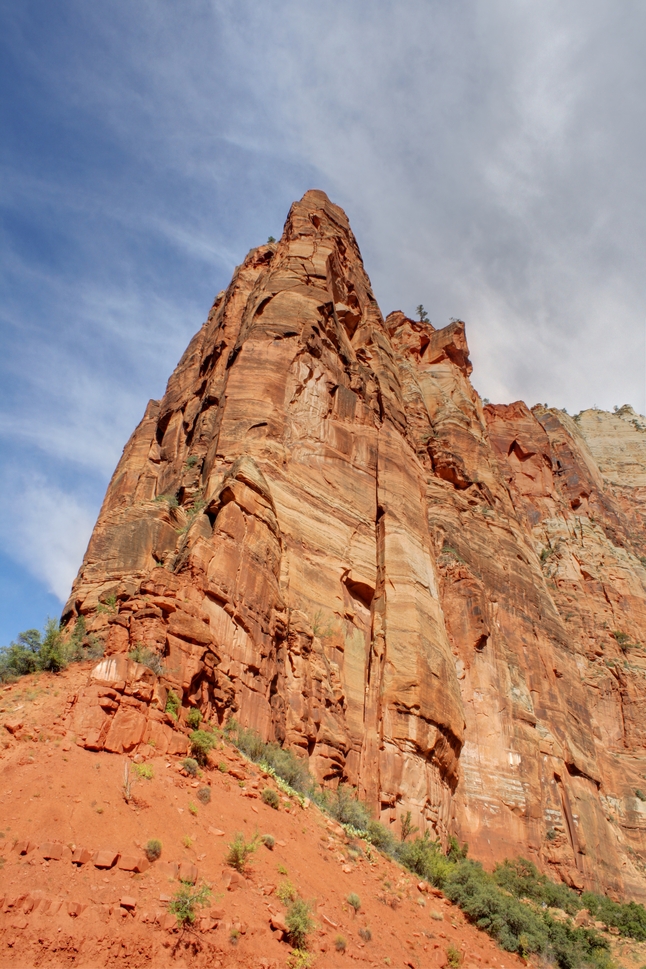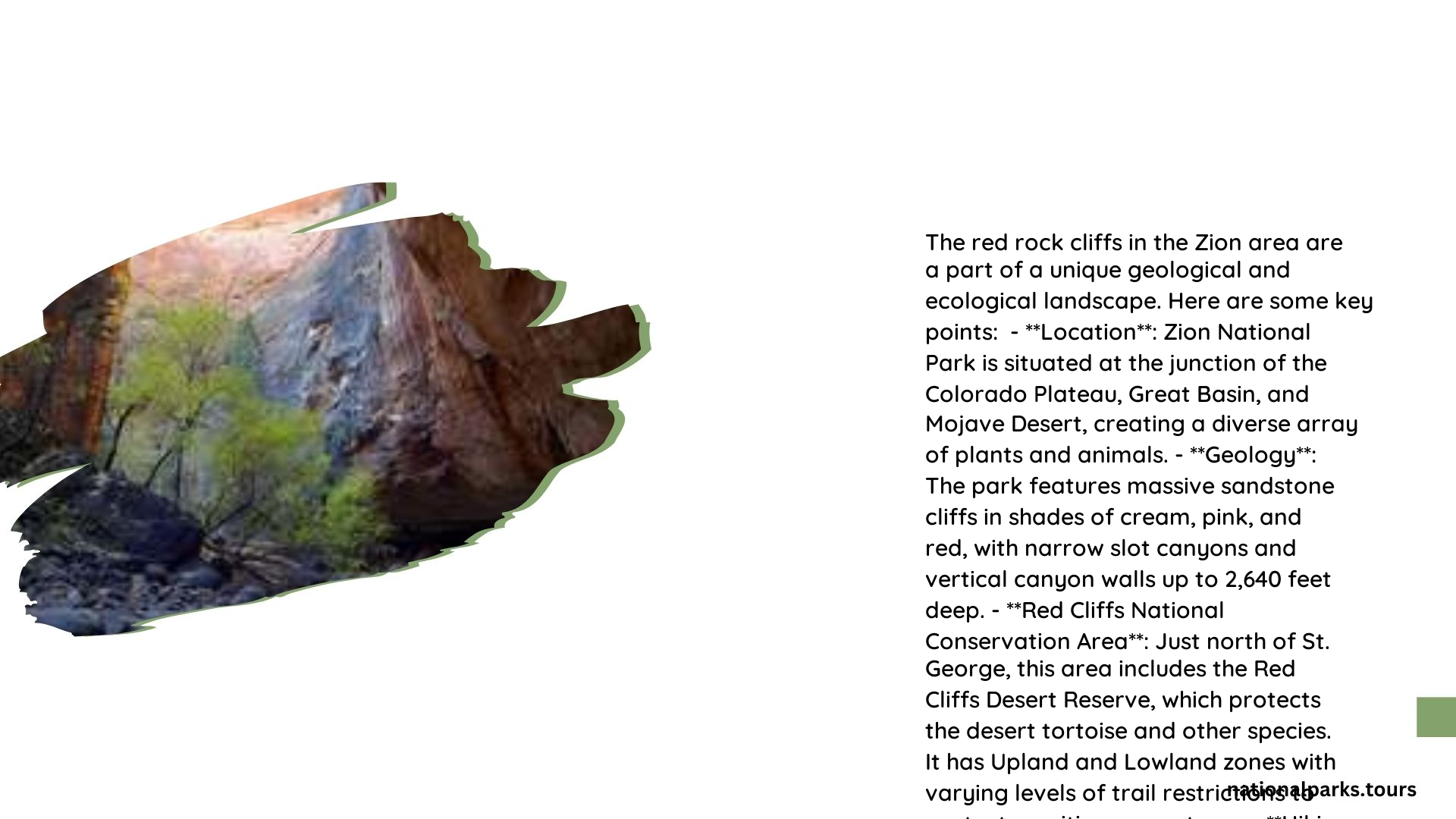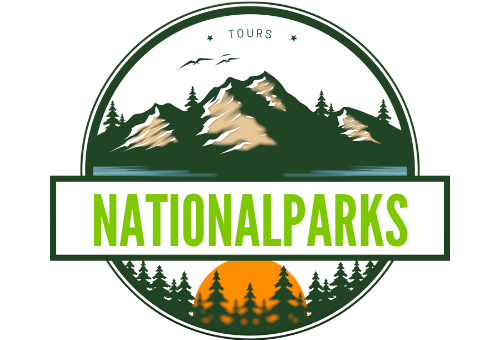Zion National Park’s iconic red rock cliffs are a testament to nature’s artistry, sculpted over millions of years by wind, water, and time. These towering sandstone formations, primarily composed of Navajo Sandstone, rise over 2,000 feet from the canyon floor, creating a breathtaking landscape of vibrant reds, pinks, and creams. The cliffs form narrow canyons, deep gorges, and unique geological features that attract millions of visitors each year, offering unparalleled hiking, photography, and sightseeing opportunities.
What Makes Zion’s Red Rock Cliffs Unique?

The red rock cliffs of Zion National Park are a geological marvel, formed over 180 million years ago during the Jurassic period. These cliffs are primarily composed of Navajo Sandstone, a formation that gives Zion its distinctive red hue and unique texture. The layers of rock tell a story of ancient sand dunes, shallow seas, and the powerful forces of erosion that have shaped this landscape over millennia.
Key features of Zion’s red rock cliffs include:
- Towering heights of over 2,000 feet
- Vibrant red, orange, and cream colors
- Narrow canyons and deep gorges
- Unique geological formations like arches and hoodoos
- Evidence of ancient sand dunes in the rock layers
What Are the Best Hiking Trails to Experience the Red Rock Cliffs?

Zion National Park offers numerous hiking trails that showcase the beauty of its red rock cliffs. Here are some of the most popular and scenic routes:
- The Narrows
- Length: Up to 16 miles (round trip)
- Difficulty: Moderate to strenuous
-
Highlights: Narrow canyon walls, wading through the Virgin River
-
Angels Landing
- Length: 5 miles (round trip)
- Difficulty: Strenuous
-
Highlights: Panoramic views, chain-assisted climb to the summit
-
Observation Point
- Length: 8 miles (round trip)
- Difficulty: Strenuous
-
Highlights: Highest viewpoint in the park, sweeping canyon vistas
-
Canyon Overlook Trail
- Length: 1 mile (round trip)
- Difficulty: Moderate
-
Highlights: Accessible viewpoint, stunning views of Zion Canyon
-
Emerald Pools Trail
- Length: 1.2-3 miles (depending on chosen route)
- Difficulty: Easy to moderate
- Highlights: Waterfalls, hanging gardens, red rock formations
Where Are the Best Photography Spots for Capturing the Red Rock Cliffs?
Zion’s red rock cliffs offer countless opportunities for stunning photography. Here are some prime locations for capturing the beauty of the landscape:
- The Watchman
- Best time: Sunset
-
Unique features: Iconic peak, reflections in the Virgin River
-
Court of the Patriarchs
- Best time: Early morning
-
Unique features: Three towering peaks named after biblical figures
-
Canyon Junction Bridge
- Best time: Sunset
-
Unique features: Virgin River in the foreground, The Watchman in the background
-
Checkerboard Mesa
- Best time: Midday for best lighting on the unique patterns
-
Unique features: Distinctive crosshatched erosion patterns
-
Towers of the Virgin
- Best time: Sunrise
- Unique features: Dramatic silhouettes against the morning sky
What Geological Processes Formed the Red Rock Cliffs?
The formation of Zion’s red rock cliffs is a fascinating geological story spanning millions of years:
- Deposition (200-140 million years ago)
- Layers of sediment accumulated in shallow seas and sand dunes
-
Navajo Sandstone formed from ancient sand dunes
-
Uplift (13 million years ago to present)
- Colorado Plateau lifted by tectonic forces
-
Exposed rock layers to erosional forces
-
Erosion (ongoing)
- Water, wind, and ice carved the landscape
-
Virgin River cut through layers, forming Zion Canyon
-
Chemical processes
- Iron oxide gives the rocks their red color
- Mineral deposits create varied hues and patterns
How Can Visitors Best Experience the Red Rock Cliffs?
To fully appreciate the majesty of Zion’s red rock cliffs, consider the following experiences:
- Scenic Drives
- Zion-Mount Carmel Highway
-
Kolob Canyons Road
-
Ranger-led Programs
- Geology talks
-
Guided hikes
-
Rock Climbing
-
Guided tours available for all skill levels
-
Canyoneering
-
Explore narrow slot canyons with proper equipment and permits
-
Stargazing
- Experience the dark sky against the silhouette of the cliffs
What Wildlife Can Be Seen Among the Red Rock Cliffs?
The red rock cliffs of Zion provide habitat for a diverse array of wildlife:
| Animal Type | Examples |
|---|---|
| Mammals | Mule deer, bighorn sheep, mountain lions |
| Birds | Peregrine falcons, California condors, golden eagles |
| Reptiles | Desert tortoises, collared lizards, rattlesnakes |
| Amphibians | Canyon tree frogs, Arizona toads |
How Has Climate Change Affected the Red Rock Cliffs?
Climate change poses several challenges to the preservation of Zion’s red rock cliffs:
- Increased erosion due to more frequent intense storms
- Changes in vegetation patterns affecting slope stability
- Potential for more frequent rockfalls and landslides
- Alterations to the unique desert ecosystem
Park management is actively monitoring these changes and implementing conservation strategies to protect this unique landscape for future generations.
References:
– https://www.utah.com/things-to-do/outdoor-recreation/hiking-backpacking/southern-utah-red-rock-country/
– https://www.nps.gov/zion/planyourvisit/zion-canyon-trail-descriptions.htm
– https://www.zionadventurephotog.com/single-post/hiking-the-red-reef-trail-southern-utah
